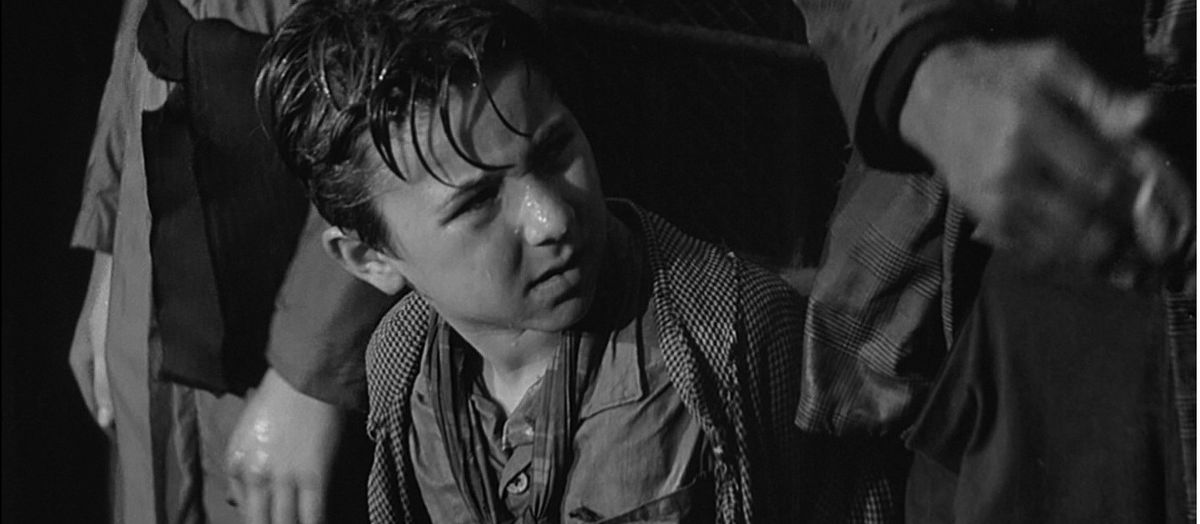-
About
- About Listly
- Community & Support
- Howto
- Chrome Extension
- Bookmarklet
- WordPress Plugin
- Listly Premium
- Privacy
- Terms
- DMCA Copyright
- © 2010-2024 Boomy Labs


Born and brought up in Kerala, India. Now in Mumbai, India doing first year of my Masters in Film Studies (M.A)..